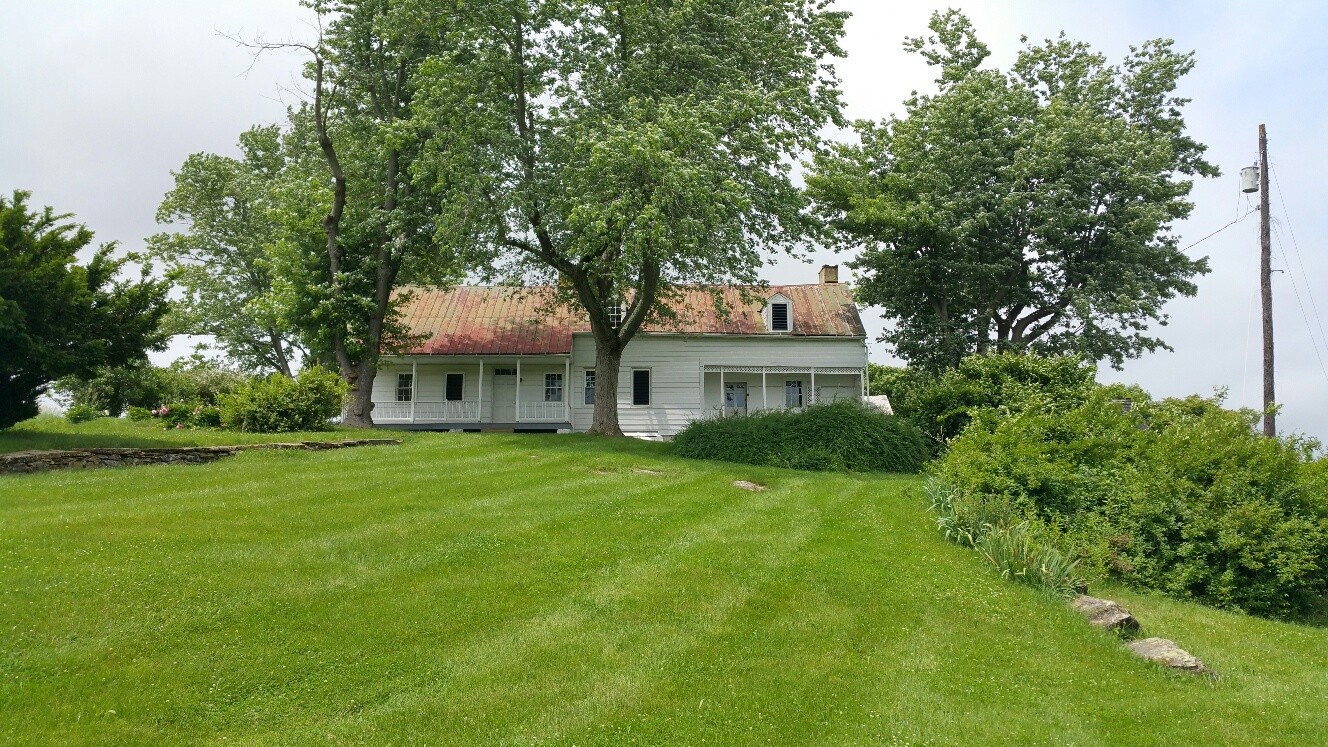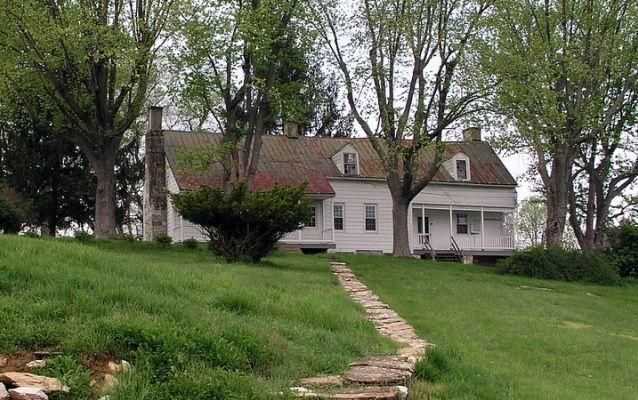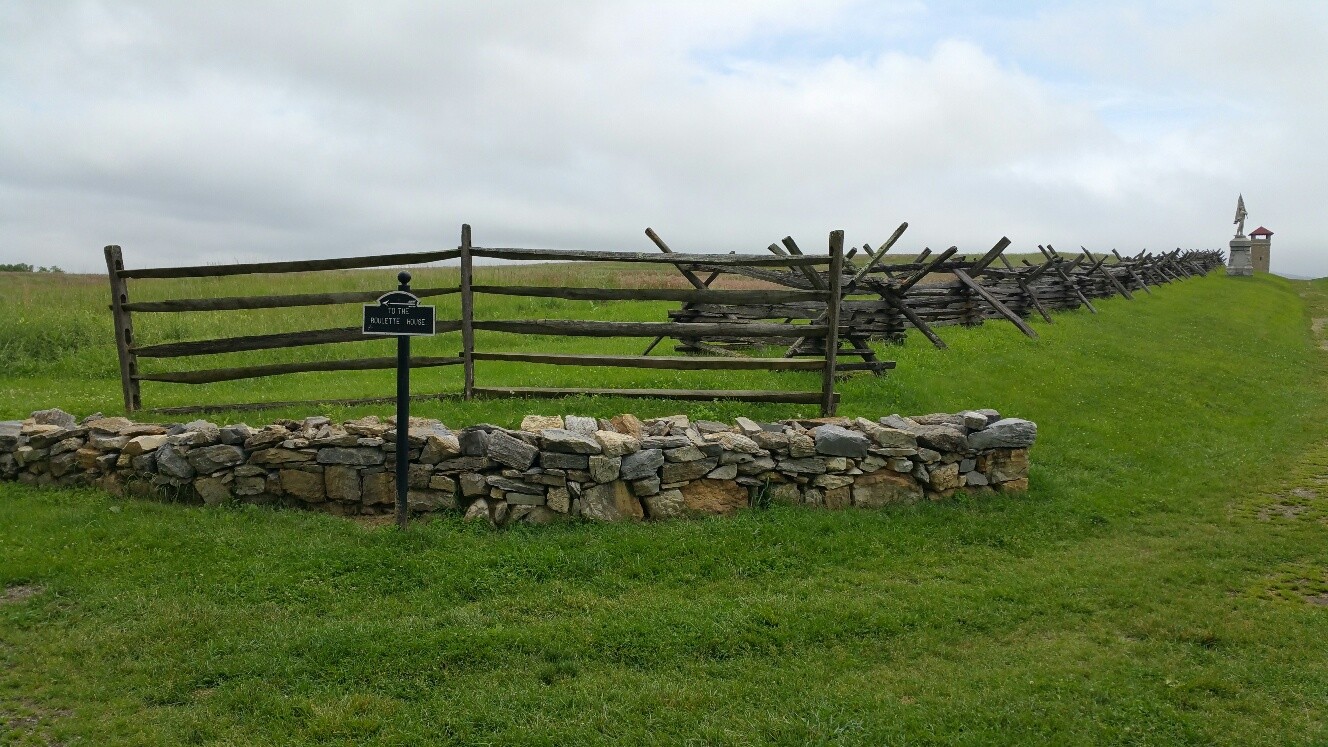Roulette Farm Antietam
Posted : admin On 8/3/2022The Roulette Family and Farm At the time of the Civil War, William and Margaret Roulette and their children lived on a large, productive farm outside the small town of Sharpsburg. However, by the end of September 1862, that farm had become the backdrop for a significant part of the action of the bloodiest single-day battle in American history. Exclusive Welcome Roulette Farm Antietam Deposit Bonus 200% - €/$100 & 50 Free Spins. Free Spins available on Starburst only. Free Spins expire after 7 days. Bonus expiration: 14 days. Minimum qualifying deposit is €/$20. Maximum bonus bet limit: €/$5. All deposit bonuses have a wager of 50 x bonus. Free spins have a wager of 50 x winnings.
William Roulette burst out of his cellar door, thrilled to discover that the soldiers streaming past his house were Union men, not the despised Confederates who had occupied his fields for the past two days. “Give it to ’em,” he shouted at the troops of the 14th Connecticut. “Drive ’em! Take anything on my place, only drive ’em!” The Army of the Potomac’s II Corps did eventually force the Rebels from the sunken road that separated William’s land from that of his uncle, Henry Piper, to the south. Unfortunately for Roulette, however, they also acted on his offer to “take anything” they found useful on his farm.
Robert E. Lee’s and George McClellan’s armies fought the Battle of Antietam on mostly prosperous farmsteads just north of Sharpsburg in Washington County, Md., on September 17, 1862. Among the Pennsylvanians relocating there in the 18th century was John Reynolds, who in 1761 purchased a place then known as “Anderson’s Delight,” including a house that may have been constructed as early as 1748. By 1800 two additions had been added, resulting in a frame, stone and log dwelling of more than 2,000 square feet. John Miller Jr. bought the property in 1804. After he died his heirs sold the farm and the widow’s dower in 1851 for $10,610 to son-in-law William Roulette (sometimes spelled Rulett), who had married John’s 17-year-old daughter Margaret in 1847. William was the grandson of French (likely Huguenot) immigrants to Washington County, and the son of the sister of Henry Piper, a neighbor.

By 1862 William and Margaret had five children and were raising corn on the 180-acre farm. Nancy Campbell, a former slave of Margaret’s uncle Peter Miller, lived with them. William, then 37, was also serving as a Unionist Washington County commissioner.
In mid-September the Army of Northern Virginia began concentrating in the fields north of Sharpsburg. William wanted to ride out the coming storm with his family, but when it became clear his farm might be in the thick of things, he moved his family to the Manor Dunker Church, about six miles away, near Hagerstown.
Roulette Farm Antietam Museum
At some point on September 17, Roulette went back home to look after his stock and became trapped between Confederate Maj. Gen. D.H. Hill’s Division and the rapidly approaching division of Union Maj. Gen. William French. Roulette first took refuge in his basement. Then, after emerging to shout encouragement and offer his worldly possessions to the boys in blue, he headed to the rear.

Roulette Farm Antietam


During the battle’s middle phase, the fighting in this sector was some of the war’s most severe. Two Federal divisions advanced over the Roulette fields and hurled themselves against the outnumbered but stoutly fortified Confederates in the sunken farm lane. Union advances finally drove the Confederates south across the Piper Farm, but the Roulette property was extensively damaged. An artillery shell ripped through the west side of the house, traveling upward through the first floor ceiling. At least one bullet fired from the vicinity of the soon-to-be-immortalized Sunken Road entered a second story bedroom window and passed through two walls and a closet in a middle bedroom. Another shell upset beehives in the yard behind the dwelling, throwing the green troops of the 130th Pennsylvania Infantry into confusion.
Chaplain H.S. Stevens of the 14th Connecticut recalled: “During the battle the rooms were stripped of their furnishings and the floors were covered with the blood and dirt and litter of a field hospital.” Dead and dying men were scattered across the fields and filled the outbuildings. When the Roulettes returned, they found that their crops had been trampled, the fences were down and much of their property, including provisions, had been carried off. Soldier’s graves dotted the landscape.
On October 3, 1862, Roulette filed his first claim to the U.S. government for damages to his property. Over the years his claims would include items large and small: fences and crops; featherbeds and carpets; structural damage; one beehive (and bees); chickens; and blackberry wine. Claims were also filed for nine acres of farmland that had been ruined by the passage of men and equipment, and additional “buriel [sic] ground for 700 soldiers.” The grand total for his final claims filed in February 1864 was $3,500. In the 1880s he received $371 for a hospital claim, but any other payments were minimal. He was paid nothing for damages to his home and outbuildings.
William Roulette had been well off before his farm became the center of a battle on September 17, 1862. Despite his failure to collect any significant reimbursements from the federal government for the taking of “anything on my place,” he and his family would recover—for the most part. But about a month after the fight, the youngest Roulette child, Carrie May—described by William as “a charming little girl twenty months old…just beginning to talk”—died of typhoid fever. The sting of that tragic loss was softened a bit 24 months later, when Margaret gave birth to the couple’s last child, Ulysses Sheridan Roulette. William’s heart was still with the Union, despite all his losses.
Note that the National Park Service plans to restore the exterior of the farmhouse and the first floor interior to their 1862 appearance. Thanks to Mike Pellegrini for his assistance in the preparation of this article.
Originally published in the October 2010 issue of Civil War Times. To subscribe, click here.